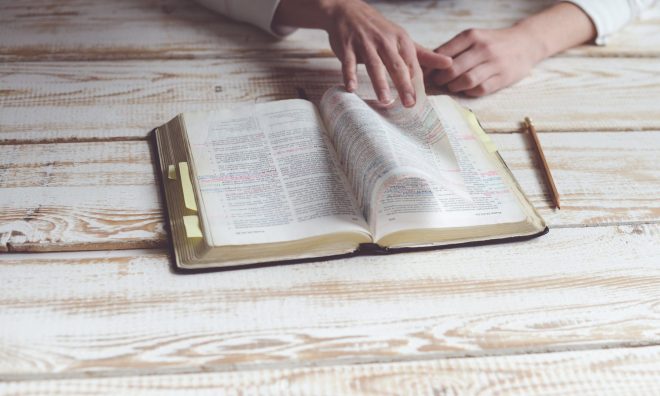
Encore Post: Maundy Thursday, Good Friday and Holy Saturday are remembered by the Church from ancient times as the days on which our salvation was won by the suffering, death and resurrection of our Lord. She does this with one service that lasts the three days. The Maundy Thursday divine service begins with an invocation, but does not conclude with a benediction. Good Friday services have neither an invocation nor a benediction. The Vigil of Easter on Saturday evening does not begin with an invocation, but ends with a benediction.
The name Maundy Thursday comes from the Latin word mandatum — the first word in the Latin translation of Jesus’ command: “a new commandment I give to you: love one another.” (John 13:34) Jesus gave this command at the Last Supper, the night we also remember because he also instituted the Lord’s Supper during that Passover meal. The Maundy Thursday service ends with the stripping of the altar, the lectern and pulpit and removing of the pastor’s vestments. Often the account of the Garden of Gethsemane and the arrest of Jesus is read while this is done. We depart in silence to note the disciples abandoned Jesus.
The day that begins at sunset on Maundy Thursday witnessed the whole of Jesus’ passion and death. We call it Good Friday, because it is the day we were redeemed. It is also the first day of Christ’s rest in the tomb. This second day Jesus was in the grave began at sunset Friday. On Sunset Holy Saturday, the third day begins. The Church meets in a vigil, a service that greets Easter. Often, Christians are baptized during the vigil.
On these three days, Christ fulfilled his promise that he would take our sins to the cross, die to pay their due, make holy our graves by resting in death, defeated Satan and death and rose again to shatter the grave forever. Three days to remember and to thank God for his mercy.
©2018 Robert E. Smith. All rights reserved. Permission granted to copy, share and display freely for non-commercial purposes. Direct all other rights and permissions inquiries to cosmithb@gmail.com


